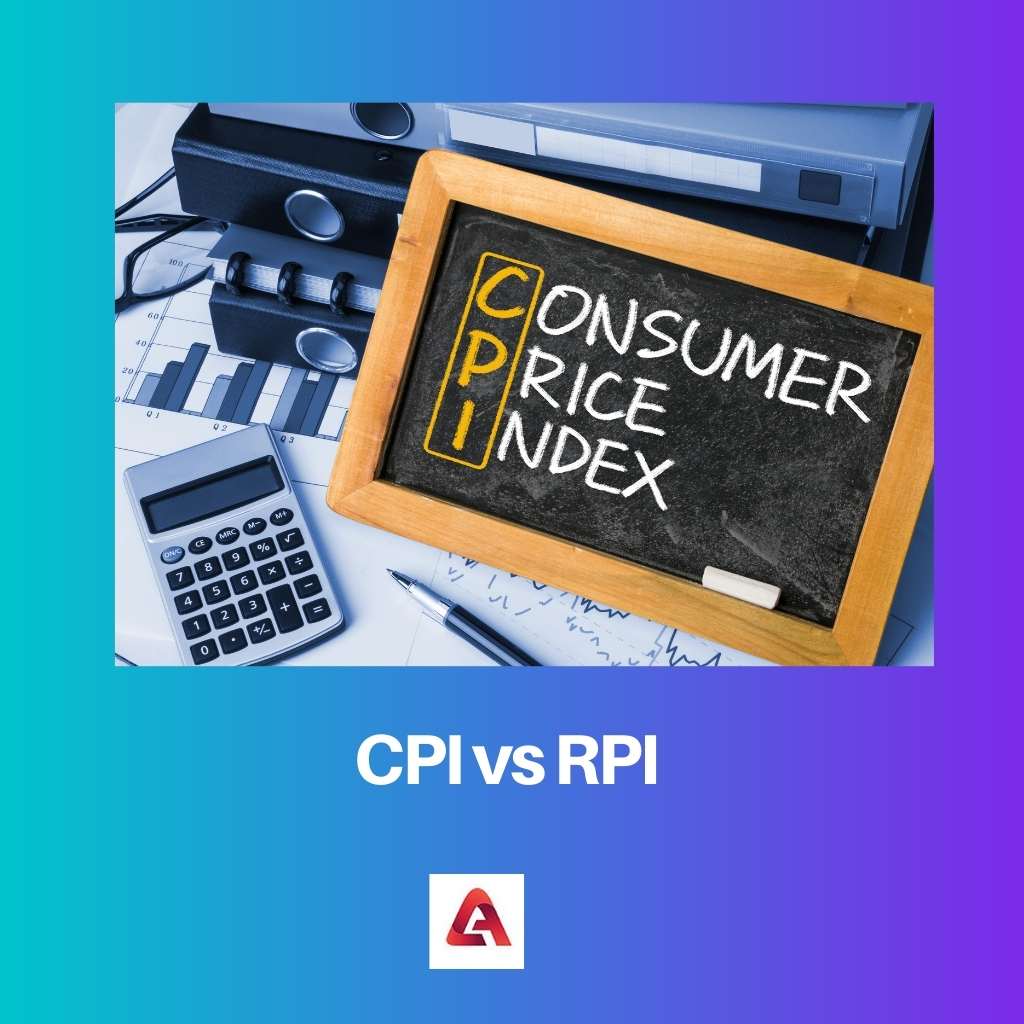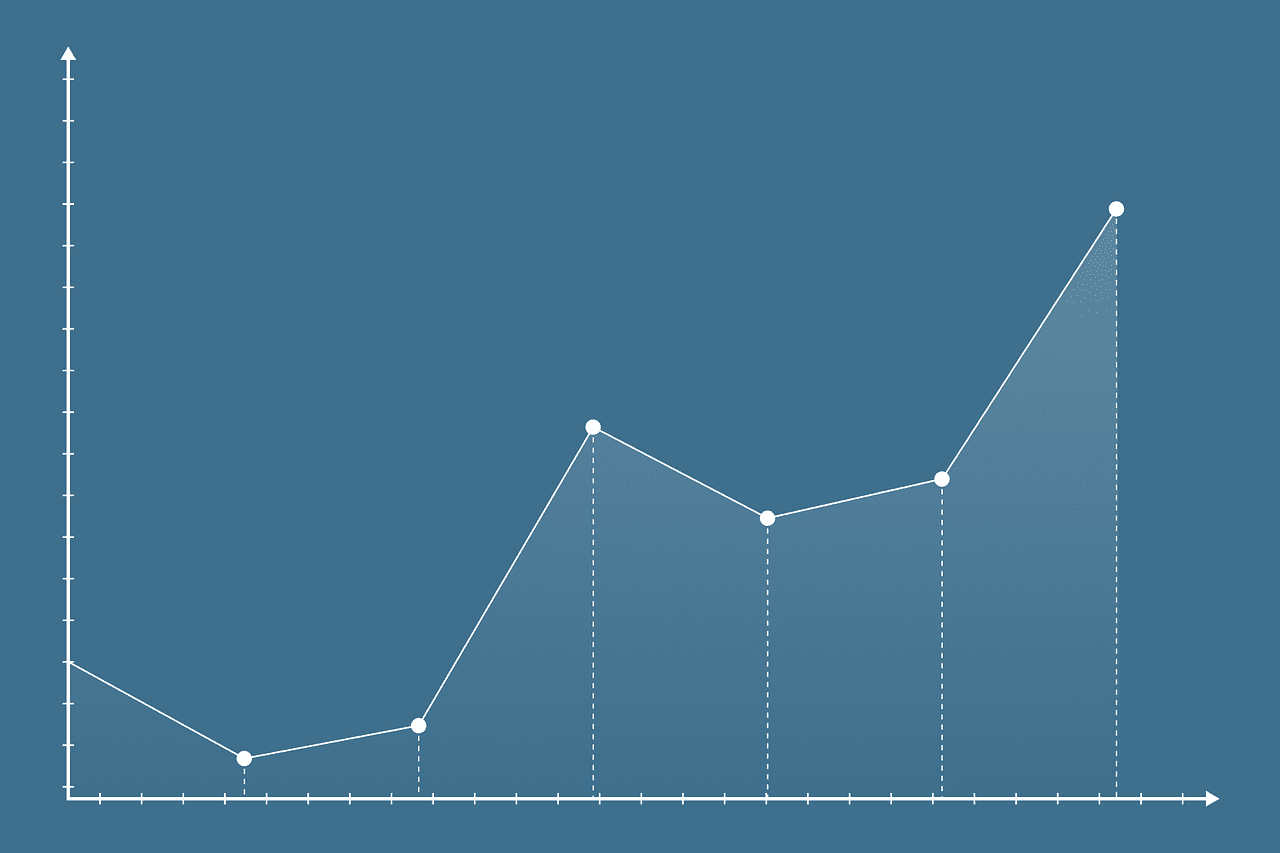The increase and decrease in the goods and services in an economy accounted for over duration is referred to as inflation.
As rising inflammation shows the increasing purchasing power of the currency, declining inflammation shows decreasing purchasing power of the money.
The reserve bank maintains inflation by increasing or decreasing policy rates. To keep inflation, there’s a need to calculate inflation.
So, there are different calculation methods, such as CPI, WPI, PPI, RPI, and so on.
Key Takeaways
- CPI (Consumer Price Index) and RPI (Retail Price Index) are both measures of inflation, but RPI includes housing costs, such as mortgage interest payments, while CPI does not.
- CPI is the preferred measure of inflation for government and central bank policy, while RPI is used for index-linked bonds and some wage negotiations.
- RPI is considered less accurate than CPI due to its calculation methodology and the inclusion of mortgage interest rates.
CPI vs RPI
The Consumer Price Index measures the average change over time in the prices paid by urban consumers for a market basket of consumer goods and services. The Retail Price Index is a measure of inflation similar to CPI but includes a broader range of goods and services, like housing costs.

CPI refers to the “Consumer price index”, defined as the weighted average prices of the basket of household goods and services.
And the index includes food, beverages, tobacco, fuel and light, bedding, housing, and miscellaneous.
Moreover, it doesn’t include housing costs. And consumer price index has an arithmetic mean.
RPI refers to the “Retail index price”, defined as changes in the retail prices of a basket of goods and services measuring consumer inflation.
And the index includes the varied price of retail goods and services.
Moreover, the index includes housing costs. And retail Index price has a geometric mean.
Comparison Table
| Parameters of comparison | CPI | RPI |
|---|---|---|
| Refer | CPI stands for “consumer price index”. | RPI stands for “Retail Index Price”. |
| Definition | CPI includes food, beverages, tobacco, fuel and light, bedding, housing, and miscellaneous. | RPI is defined as changes in the retail prices of a basket of goods and services measuring consumer inflation |
| Index includes | CPI includes food beverages, tobacco, fuel and light, bedding, housing, and miscellaneous. | RPI includes the varied price of retail goods and services. |
| Housing cost | Housing cost is not included in CPI. | RPI includes housing costs. |
| Mean | CPI has an arithmetic mean. | RPI has a geometric mean. |
What is CPI?
The economy is a significant factor in the development of a country. Further, the changes in the economy impact prudently.
So, a calculation is required for checking and maintaining the economy. Thus, the inflation is calculated by the CPI, RPI, WPI, PPI, and so on.
However, the reserve bank uses it to maintain inflation by changing policy rates.
CPI is an abbreviation of the “Consumer price index” that defines the weighted average prices of the household goods and services basket.
The index includes food, beverages, tobacco, fuel and light, bedding, housing, and miscellaneous.
However, there are five that have the most weightage in the index.
For the calculation, the prices of the goods are collected in regular intervals to compute the CPI.
And reserve banks can use this calculation for further increasing and decreasing policy rates to maintain the economy.
It was first introduced after the first world war period due to increasing changes in prices. Thus, CPI was introduced to curb those significant changes and maintain inflation.
Moreover, housing cost is not included in the CPI calculations. As for the calculation, it uses geometric mean.
Additionally, it checks price stability and is used as a barometer of inflation.

What is RPI?
Another calculation method is RPI for computing inflation.
RPI is an abbreviation of the “Retail price index” that defines changes in the retail prices of a basket of goods and services measuring consumer inflation.
The index includes the varied price of retail goods and services.
For the calculation, the retail prices of the goods are collected in regular intervals to compute the RPI. And RPI’s primary use is the evaluation of retail prices and services.
It was first introduced in the UK to curb increasing social housing rent and index-linked securities. Thus, the UK government uses it.
Moreover, housing cost is included in the RPI calculations, such as mortgage interest payments, insurance of the building, etc.
As for the calculation, it uses the arithmetic mean as the number of items divided by the total of all prices.
Additionally, the population size is mall as compared to CPI. As mentioned, RPI includes housing costs but doesn’t have finance charges.
RPI is not much used for calculation as CPI has more relevance and is considered a significant indicator. And the value is comparatively higher than that of CPI.
The significant difference between CPI and RPI is the different target audiences. RPI may not include items of CPI, and even their formula is different.
Main Differences Between CPI and RPI
The economy is a crucial factor for a country. So, Reserve Bank calculates inflation to maintain and check the economic changes.
For further implementation of increasing or decreasing policy rate to retain inflation. As for the calculation, it uses CPI, RPI, WPI, PPI, and so on.
Although CPI and RPI are very different, they are misunderstood.
- CPI stands for “consumer price index”, while RPI stands for “Retail Index Price”.
- CPI is the weighted average price of the basket of household goods and services. Meanwhile, RPI is defined as changes in the retail prices of a basket of goods and services measuring consumer inflation.
- CPI includes food, beverages, tobacco, fuel and light, bedding, housing, and miscellaneous. Meanwhile, RPI consists of the varied price of retail goods and services.
- Housing cost is not included in CPI, while RPI includes housing cost.
- CPI has an arithmetic mean, while RPI has a geometric mean.



